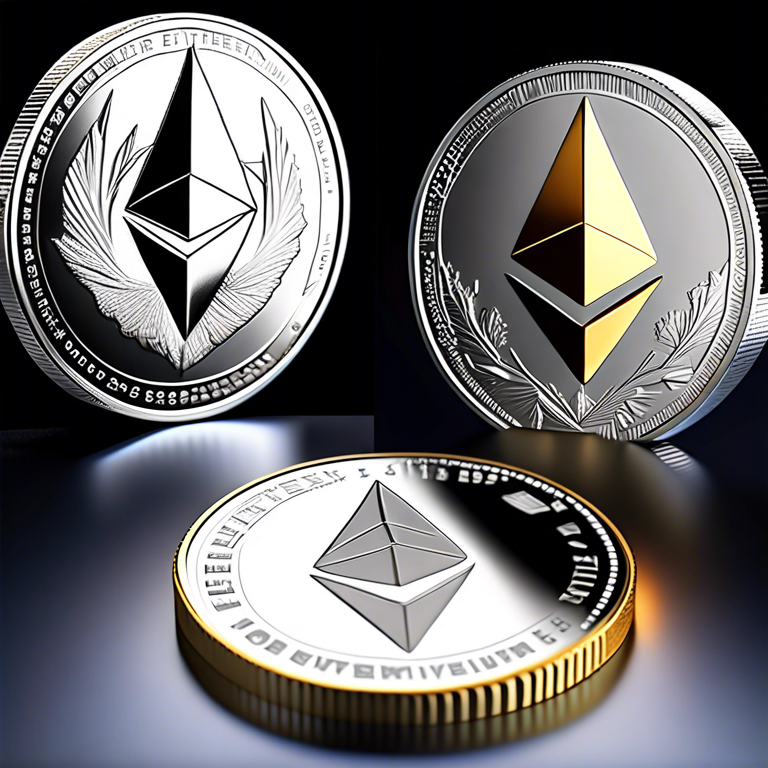This article delves into the intriguing intersection of digital and tangible assets by exploring the value of Ethereum, a leading cryptocurrency, in terms of silver, a precious metal. It aims to provide a detailed analysis of how Ethereum’s market dynamics can be understood in the context of silver prices, offering insights for investors and enthusiasts alike. By the end of this article, readers will have a clearer understanding of Ethereum’s standing in the precious metals market and how its value correlates with that of silver.

Ethereum’s Position in the Digital Currency Market
Ethereum has firmly established itself as a cornerstone of the digital currency market, second only to Bitcoin in terms of market capitalization and influence. Introduced in 2
015, Ethereum brought about a paradigm shift with its smart contract functionality, enabling decentralized applications (dApps) to be built on its blockchain. This innovation not only expanded the use cases of blockchain technology but also attracted a diverse group of investors and developers, thereby increasing its value and significance within the cryptocurrency ecosystem. As digital currencies continue to gain traction among mainstream financial entities and individual investors, understanding Ethereum’s value becomes imperative, not only in fiat currency terms but also in relation to traditional stores of value, such as precious metals.
The Silver Market and its Correlation with Cryptocurrencies
Silver, known for its conductivity and malleability, has been a valuable metal for centuries, serving as currency, in industrial applications, and as an investment. The silver market is influenced by a variety of factors, including industrial demand, mining outputs, and investor sentiment, leading to significant price volatility. Recently, cryptocurrencies like Ethereum have started being compared to precious metals, given their shared characteristics such as limited supply (in Ethereum’s case, through mechanisms like EIP-1559 that introduced a burn feature) and investment appeal. Analyzing Ethereum’s value in relation to silver prices can offer unique insights, especially as digital currencies begin to play a more prominent role in investment portfolios traditionally dominated by precious metals.
Ethereum and Silver Price Dynamics: An Investment Perspective
Comparing Ethereum to silver requires understanding the price dynamics and market sentiment that drive value in both arenas. Ethereum’s price is largely influenced by technological advancements, regulatory changes, and its adoption in sectors ranging from finance to entertainment. On the other hand, silver prices are subject to changes in industrial demand, geopolitical stability, and the influence of traditional financial markets. From an investment perspective, Ethereum offers exposure to the burgeoning field of decentralized finance (DeFi) and the potential for significant returns, albeit with higher volatility and regulatory risks. Silver, while also volatile, provides a hedge against inflation and a safe-haven asset during economic uncertainty. The diversification benefits of holding both Ethereum and silver in an investment portfolio can thus be significant, offering both growth potential and stability.
In summary, while Ethereum and silver cater to different market segments—digital currencies and precious metals, respectively—understanding the value of Ethereum in terms of silver prices offers a novel perspective on its place within the wider landscape of investment assets. As Ethereum continues to evolve and gain acceptance, its comparison with traditional stores of value like silver illustrates the blurring lines between digital and tangible assets. For investors, this analysis highlights the importance of diversification and the potential benefits of incorporating both digital and physical assets into their investment strategy.